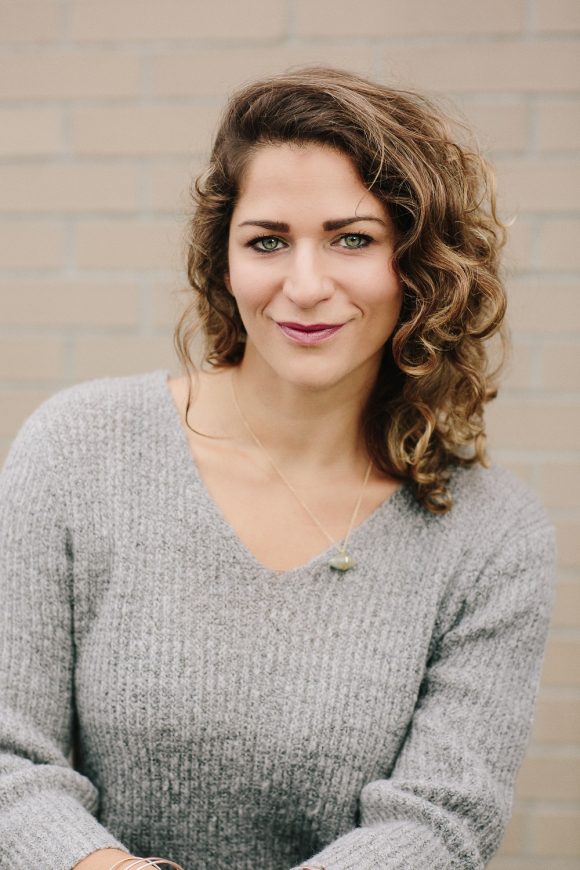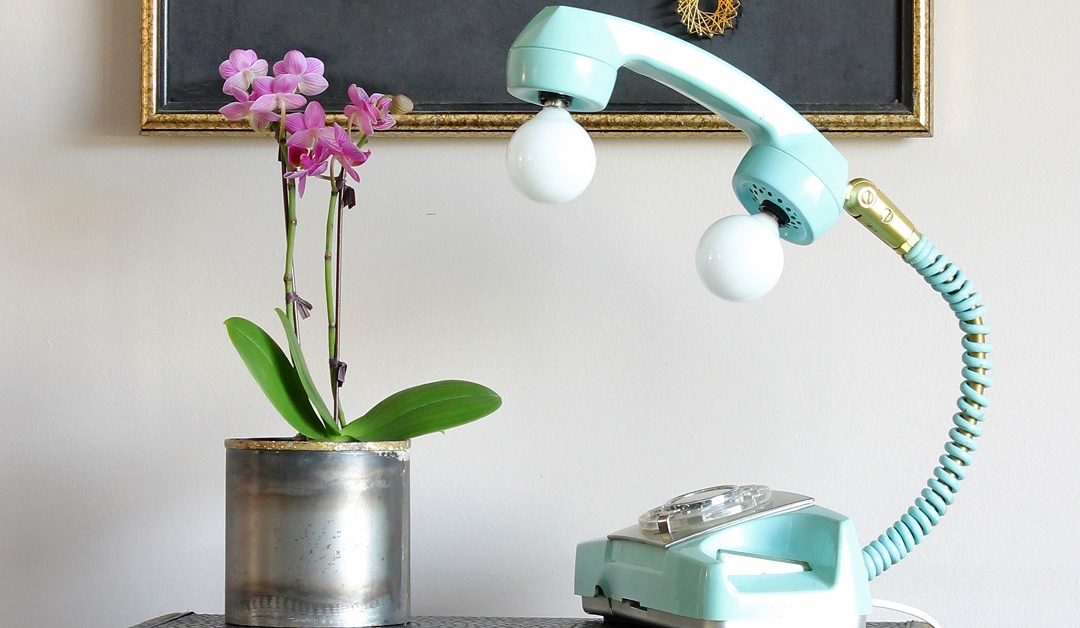By Rachel Goldsworthy. Originally published in the summer 2020 issue of Business Class magazine.
On Earth Day weekend in April 2012, Judy Rom, BCom ’10, put her passions online.
Based in South Africa at the time, Rom was working in digital marketing and noticed a new movement on Pinterest. A search for keywords online showed a steep upward trend for upcycling terms. The graph, she says, showed “a hockey stick of growth. My partner and I decided that weekend to build the first version of the Upcycle That website.”
Today, from her base in Vancouver, BC, Rom uses her agency background to fulfill roles as Upcycle That strategist, project manager and creative director. She is part upcycling inspiration curator for the masses, and part brand consultant. Through Upcycle That, she magnifies the reach of upcycling to more than 25,000 viewers per month, around the world.
Her aim is to be the premier online destination for upcycling how-to and inspiration, showing individuals and companies that upcycled products can be something to aspire to.
“I want the website to be more than me and my ideas. I want it to showcase the best in the world.”
She collaborates with upcyclers globally to activate solutions to brand waste, curating a trove of ideas from the practical (what to do with your old sweaters) to the cheeky: need a bed frame? Try a truck bed. The DIY showcase on Upcycle That reflects two different approaches to upcycling.
“You can start with the raw materials you’ve got and figure out what you might make with them,” she explains. “For instance, tire inner tubes into backpacks or clocks made from tuna cans. Or you can decide what you want as a final product and then source the materials. Brands are becoming more aware of environmental costs, and they have more scope than ever to look at upcycling.”
Rom has applied both approaches for a variety of companies.
In one example of deciding on the final product and then identifying a supply chain, a favourite project of Rom’s celebrated the 150-year-old Bacardí family business’s new logo and packaging. She designed two liquor cabinets that would showcase their new bottles and produced tutorials so their customers could replicate the projects on their own. One incorporated skateboard decks as shelves and the other housed the bottles and accoutrements in a vintage steamer trunk.
Other businesses use upcycling tutorials as part of their customer engagement strategies. For example, Safestore, a self-storage business in the UK with a series of upcycling blog posts, shared Judy’s tutorial about converting an old phone into a lamp.
Next for Rom is more work with firms with the goal of promoting upcycling on a global scale. “Brands are doing more than most consumers hear about. They have corporate sustainability reports, but it’s not easy for them to make that real for their stakeholders. Upcycling is a very visual way to tell that story.”
Creative storytelling—like Rom’s video tutorials—brings the potential to life for consumers. When people do upcycling projects themselves, they experience firsthand what it means to turn waste into something valuable. It’s a moment of alchemy.
However, Rom doesn’t believe that everyone necessarily needs to have more stuff. For her, the latest twist in the transformational tale of trash to treasure lies in closing
the loop. Maybe that means using what you’ve got in your kitchen drawer or storage locker to make something that you already know you need, or it’s wanting a coffee table and finding the scrap wood in the garage: knowing what you’ve got and what you need, and putting the two together.
“My favourite project is always what I’m working on now,” Rom says. “I’m always using different materials, trying different projects. With upcycling, we’re usually doing things for the first time. We’re pioneering techniques; we’re finding the beauty that lies in waste.”
Rom’s creativity and passion for sustainability have always been simmering; her time at Gustavson helped her realize how she could apply these interests in ways that would be compelling for businesses. Her business and sustainability course with Professor Monika Winn helped her realize how to frame sustainability to appeal to business. This ability to talk about upcycling and related concepts in terms of the bottom line has helped her greatly in her consulting life.
As a business, upcycling can be a challenging model; the products are often more expensive because of the time that goes into reworking them. All of the elements that go into running a first-mover business with unspecified supply lines and short timeframes call for intense and sustained creative energy.
Luckily, as Rom says, “Creativity is a renewable resource.”
Photos: Courtesy of Judy Rom.


